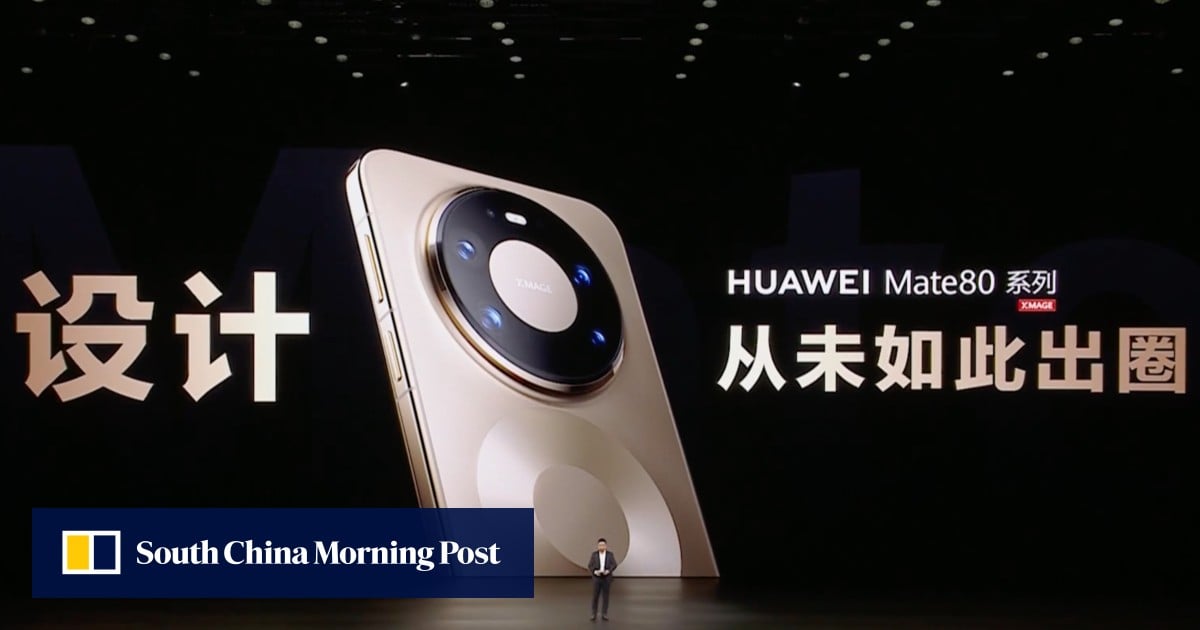A new study led by researchers at The University of Texas MD Anderson Cancer Center shows that a specific subset of mutations in the POLE gene is strongly associated with durable responses to immunotherapy in patients with metastatic
Blog
-
Dar meets Iran’s top security official, reaffirms commitment to enhancing cooperation on regional, international issues – Dawn
- Dar meets Iran’s top security official, reaffirms commitment to enhancing cooperation on regional, international issues Dawn
- Iran’s Larijani arrives in Islamabad to deepen ties The Express Tribune
- Iranian national security advisor reaches…
Continue Reading
-

UK can create 5,400 jobs if it stops plastic waste exports, report finds | Plastics
The UK could end its reliance on exporting plastic waste by 2030 to support the creation of 5,400 new jobs and take responsibility for the environmental impact of its waste, according to research.
The report said up to 15 new recycling facilities could be built by the end of the decade, attracting more than £800m of private investment. The increase in capacity would help generate almost £900m of economic value every year; providing at least £100m of new tax revenues annually.
The report by Hybrid Economics comes as Britain’s plastic exports rose by 5% in 2024 to nearly 600,000 tonnes of waste.
Exporting plastic creates environmental problems for many countries that receive it, as they do not have the ability to recycle it. It also, the report argues, removes valuable feedstock for a British recycling industry.
Campaigners want the loophole that makes it cheaper to export plastic waste rather than recycle it in the UK, closed.
Exports have soared in the first part of this year to Indonesia in particular – a country struggling with an environmental crisis from plastic pollution – amounting to more than 24,000 tonnes.
The report said that by exporting the unprocessed plastic waste it produces, the UK is evading its responsibility to deal with its own waste and was denying itself an economic opportunity.
The Guardian revealed last month that, in the past two years, 21 plastic recycling and processing factories across the UK have shut down owing to the scale of exports, the cheap price of virgin plastic and an influx of cheap products from Asia.
Neville Hill, partner at Hybrid Economics, which produced the report, said the UK was only using half of its potential for recycling plastic waste. He said: “Ending exports of unprocessed plastic packaging waste by 2030 would allow the UK to take control of its environmental responsibilities and seize a clear economic opportunity.
“Our analysis shows the sector can expand significantly with no call on public funds, provided government sets the right framework.”
The way payments are made up at present incentivises the export of plastic waste, rather than encouraging businesses to keep it in the UK to be recycled.
James McLeary, the managing director of Biffa Polymers, which commissioned the report, said the company had recycled 10bn plastic HDPE milk bottles in the last 20 years. He described this as a circular economy success story.
“The lesson is simple. When the right conditions are in place, UK recycling grows, investment follows and the environmental and economic benefits build year after year. The UK can replicate that success across all plastic packaging and take responsibility for processing its own waste onshore.”
The report is calling for an increase in the plastic packaging tax, which is imposed on producers who fail to include at least 30% of recycled plastic in their products, to 50% and a total phasing out of exports of unprocessed plastic packaging waste.
Continue Reading
-

From theory to plate: Food fit for the future at BIOFACH 2026
Nuremberg will once again host the international organic community at BIOFACH from 10 to 13 February 2026. The world’s leading trade fair for organic food, BIOFACH provides a comprehensive overview of current developments all along the value…
Continue Reading
-

First recorded eruption of Ethiopian volcano sends ash plumes across Red Sea
A long-dormant volcano erupted in northern Ethiopia over the weekend, sending ash plumes across the Red Sea toward Yemen and Oman.
The Hayli Gubbi volcano in the Afar region of Ethiopia erupted on Sunday morning, leaving the neighboring village of…
Continue Reading
-

Huawei’s latest Kirin 9030 processor powers premium Mate 80 smartphones
Shenzhen-based Huawei listed the Kirin 9030 as the processor for the 12-gigabyte random access memory (RAM) version of the Mate 80 Pro, while its Kirin 9030 Pro version is built into the 16GB RAM Mate 80 Pro, the Mate 80 Pro Max and Mate 80 RS…Continue Reading
-

A Solar Gravity Lens Telescope Would Revolutionize Astronomy
black hole with gravitational lens effect in front of bright stars. 3d illustration, Elements of this image are furnished by NASA
getty
Astronomers in the U.S. and Europe are actively working on a revolutionary new optical telescope concept that…
Continue Reading
-

Calcium-sensitive switch boosts the efficacy of cancer drugs
The calcium-regulated protein drug (green) and tumor cell receptors (red) have bonded and internalization is underway, 40 seconds after administration. Credit: KTH Royal… Continue Reading
-

Particle accelerator waste could help produce cancer-fighting materials
Credit: University of York
Energy that would normally go to waste inside powerful particle accelerators could be used to create valuable medical…
Continue Reading
-

The Strad Calendar 2026: 1713 ‘G. Schönau’ Antonio Stradivari violin
Canimex has been loaning fine instruments to players for more than two decades. The Strad Calendar 2026 showcases twelve of these treasures, including five by Antonio Stradivari, two by Guarneri ‘del Gesù’, two by Giovanni Battista…
Continue Reading
